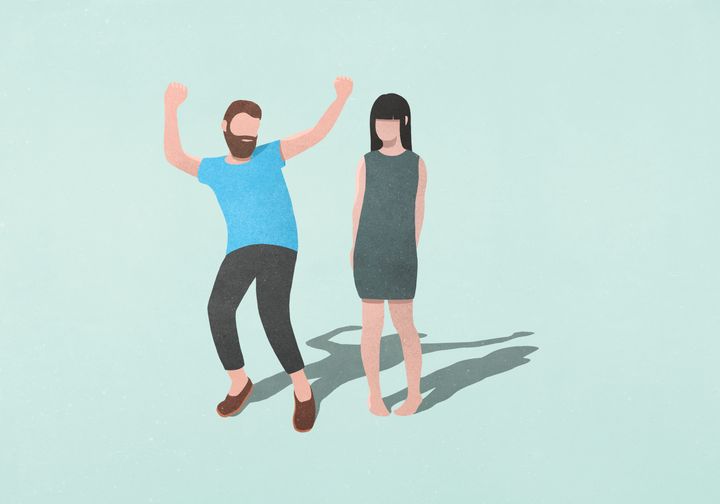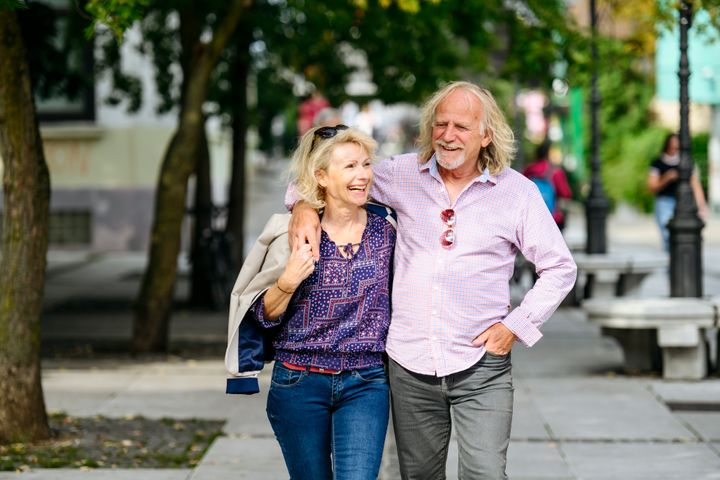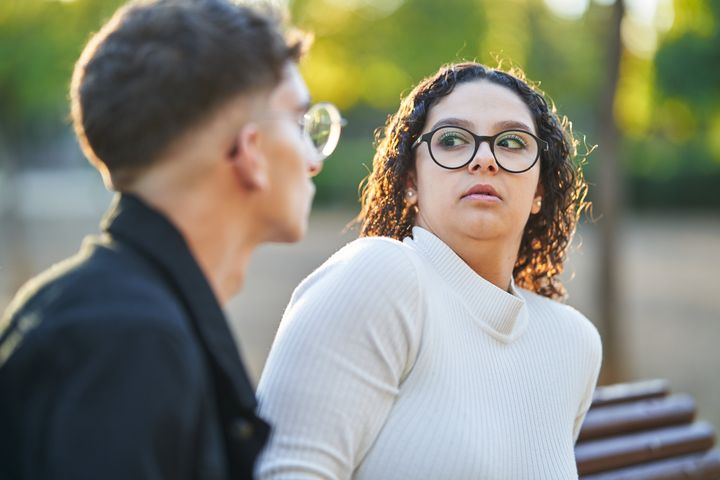
They say opposites attract, but a new study says, “Hold on a minute, maybe they don’t.”
Researchers at the University of Colorado Boulder analysed research that included millions of couples over more than a century and took into account over 130 traits. They found that, more often than not, we end up with someone similar to them.
“Our findings demonstrate that birds of a feather are indeed more likely to flock together,” said first author Tanya Horwitz, a doctoral candidate in the Department of Psychology and Neuroscience and the Institute for Behavioral Genetics (IBG).
According to the study published in the journal Nature Human Behavior, 82% and 89% of traits examined were similar among partners, ranging from political leanings and the age you lost your virginity to nitty gritty physical traits like whether people needed to wear glasses or their waist circumference.
Other areas where couples tended to be similar? Religious attitudes, level of education, how likely a person was to drink or smoke and some measures of IQ all showed particularly high correlations.
“I think that the biggest takeaway is simply that the process of choosing a partner is not necessarily random and that certain traits may play a larger role in partner selection than others,” Jared Balbona, a postdoctoral data scientist and co-author of the study, told HuffPost.
Importantly, though, results can’t tell us exactly why partners might be similar on a given trait, Balbona said.
“For example, it’s possible that people with similar political values are actively seeking one another out, but it’s also possible that partner similarity on political values is due, at least partially, to them living in the same geographic area, as political values tend to congregate within certain regions,” he said.
There were a handful of categories where couples weren’t exactly alike; extroversion, for instance, was one category with little correlation ― meaning an extrovert is just as likely to end up with another extrovert as with an introvert.
“The correlation we found for extraversion was technically statistically significant in the positive direction (.08) but very slight, particularly when compared to a correlation of .58 for political values or .87 for age, where correlations further from 0 are stronger,” Horwitz said.

The research isn’t just enlightening for understanding who we fall in love with; it has important implications for the field of genetic research.
“A lot of the standard models used in our field assume that ‘mating’ is random (i.e., that whether you smoke is completely independent of whether or not your co-parent smokes), but as we demonstrated, there are a lot of traits for which this just isn’t true in sample after sample,” Horwitz said.
How the researchers conducted the study.
For the study, the research team reviewed nearly 200 papers that studied trait similarities among millions of male-female couples, going as far back as 1903.
In addition, they looked at a set of data called the U.K. Biobank to study 133 traits across almost 80,000 opposite-sex pairs in the United Kingdom. (For instance, the data included many rarely studied traits, like whether someone was breastfed or not or played computer games.)
Same-sex couples were not included in the research. The authors are now exploring those separately since patterns may differ significantly.
Of the meta-analysis, Horwitz said there is “no compelling evidence” on any trait that opposites attract. However, in the U.K. Biobank sample, they found a small number of traits in which there seemed to be a negative correlation (albeit small).
Those characteristics included chronotype (whether someone is a “night owl” or a “morning lark”), hearing difficulty, having a twin, and handedness (whether your dominant hand is your right or left).
“I don’t think anybody has ever said, ‘I like them, but I just don’t know if I can see myself with somebody left-handed,’” Balbona joked.
A few aspects of people’s personalities and dispositions were uncorrelated, which surprised Balbona.
“For example, there was little evidence of partner correlations for irritability, nervousness, or being ‘high strung’ — characteristics which potentially could play an important role when deciding whether you want to enter into a relationship with somebody else,” he said.

What are the social implications of the study?
Horwitz and Balbona said the study has far-reaching social and societal implications.
Epidemiologists may be interested in application for the studies on health and biological indicators, while couples therapists may be most interested in how partner resemblance may relate to relationship satisfaction and duration, Horwitz said.
The researchers said that economists may be interested to see how the findings tie into wealth distribution and the labor market.
“Significant partner similarity on things like income, education, and social status ― regardless of the underlying reason ― can lead to these resources being concentrated within certain groups, thus worsening economic, educational, and health disparities between groups and reinforcing existing social strata,” Balbona said.
Obviously, the solution to this problem is not to stop certain groups of people from being in relationships with one another, Balbona said ― that’s a question he’s semi-frequently asked when he discusses this study.
“Rather, I believe these implications can best be addressed by adopting policy measures that reduce discrimination, increase the accessibility of education/ healthcare to all individuals, and support mixed-income housing, among other things,” he said.
On the individual level, if we’re drawn only to those similar to us, Balbona said, “We can seek out more diverse representations in the media we consume and can actively try to maintain an awareness of our own biases when interacting with others.”